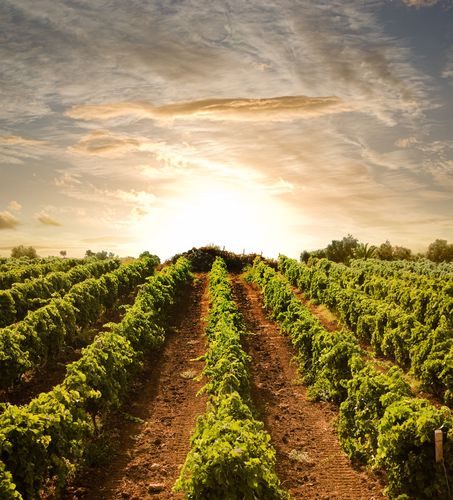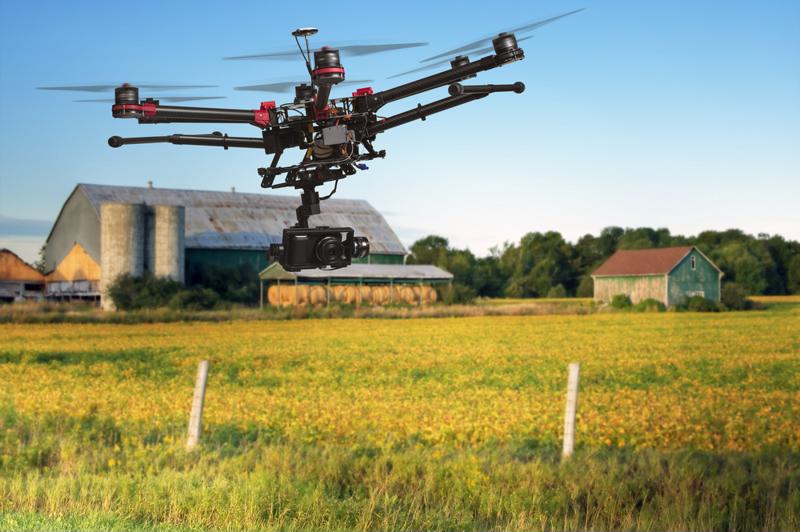
Data harvest: Looking ahead to the IoT in agriculture
By Max BurkhalterFebruary 3, 2023
By the end of 2023, according to Statista, the internet of things (IoT) will be worth almost $30 billion to the global agriculture market. Given concerns around the climate, famine and arable land in the decades ahead, that's something to celebrate. Data for farming isn't discussed as often as uses for smart cities, manufacturing or health care, but it holds just as much importance — if not more — for the world of tomorrow.
We're taking a look at some of the biggest developments and trends for connected devices through the agricultural sector. They're already proving what the IoT can do for food supplies and the communities that depend on them. Yet, their full potential is still very much ascending.
Smart greenhouses
Until recently, it's been exceedingly difficult for farmers to monitor and protect crops in a greenhouse's microclimate. Temperature fluctuation, irrigation issues and structural flaws influence growth through the year, which producers may be unaware of until they check too late. Yet, the IoT is revolutionizing greenhouse control. Variables such as humidity, carbon levels and disease outbreaks are tracked on a granular level. Farmers can tweak conditions — adding extra HVAC ventilation, for instance — if they see suboptimal performance.
Optical sensors
Light is now being used to measure soil quality, feeding the tests back to a centralized database. As AZO Sensors explains, "When the plant tissues containing chlorophyll are excited by a light source, it fluoresces, and [this] is monitored by the red and far-red light emitted by the photosynthetic tissues." Trucks, plows, drones and satellites can all be fitted with these optical sensors, scanning dozens or hundreds of miles a day. They can even peer into the soil's nutrient and moisture contents, giving farmers a priority for where to water or fertilize next.

Agribots
More robots are hitting the agricultural market. Small, lightweight and adapted for tough terrain, they remove the drudgery of human labor while accessing areas that people find very hard to treat, such as ground masked by hedgerows. Furthermore, agribots can harvest parts of a plant with greater precision so they don't kill it. The IoT keeps them connected to a remote operator who can see the work it's performing, any anomalies it discovers and whether maintenance is due. We'll see agribots grow in number and capabilities as farming on more limited land improves.
Nanotechnology
Innovations at the molecular level are affecting agriculture, too. Although commercial applications are still few and far between, nanotech can do wonders for farming. Chiefly, it is replacing pesticides for safer, more targeted crop sprays. Polymeric nanoparticles are much kinder to the organisms they aren't set to destroy, allowing plants and soil to remain healthy while ridding insects, mice and weeds. They're also fantastic for promoting water uptake in seeds; carbon nanotubes can breach seed layers to help them grow. As ever, the IoT links applications to measuring tools and other agricultural devices over vast distances.
The ways in which we think about the land we use and how to treat it are changing. But, whether you're in this industry or any with a stake in the future, it's worth modernizing your legacy technology with Perle Systems' serial-to-ethernet connectors. We can support your transition to a seamless IoT infrastructure.



